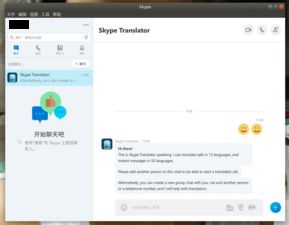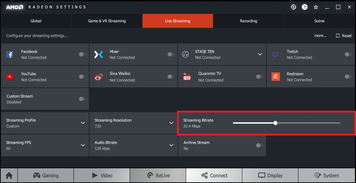Short links have become an integral part of our digital lives, simplifying the way we share and access information. In this article, I’ll delve into the intricacies of short links, exploring their creation, usage, and the platforms that offer this convenient service.
Understanding Short Links

At their core, short links are URLs that redirect users to a longer, more complex URL. They are designed to be concise, making it easier to share links via text messages, social media, or other communication channels. The process of creating a short link involves using a shortening service that generates a unique, shorter URL.
How Short Links Work

When you create a short link, the service you’re using will analyze the original URL and generate a unique, shorter version. This process is usually done through an API, which allows the service to handle the redirection seamlessly. When someone clicks on the short link, they are automatically redirected to the original URL.
Here’s a simple example:
| Original URL | Shortened URL |
|---|---|
| https://www.example.com/long-and-complex-url | https://bit.ly/shortened-link |
Popular Shortening Services

There are numerous shortening services available, each with its own set of features and limitations. Some of the most popular services include Bitly, TinyURL, and Owly. These services offer a variety of features, such as analytics, custom branding, and the ability to track the performance of your links.
Benefits of Using Short Links
Using short links offers several benefits, including:
-
Conciseness: Short links are easier to share and remember, especially when dealing with long and complex URLs.
-
Tracking: Many shortening services provide analytics, allowing you to track the number of clicks, the geographical location of your audience, and the devices they use.
-
Customization: You can customize your short links with your brand’s name or a specific keyword, making them more memorable.
Use Cases for Short Links
Short links are widely used in various scenarios, such as:
-
Social Media: Sharing links on platforms like Twitter, where character limits are strict.
-
Email Marketing: Including short links in emails to track the effectiveness of your campaigns.
-
Online Advertising: Using short links to track the performance of your ads and measure the number of clicks.
Security Concerns with Short Links
While short links offer numerous benefits, they also come with security concerns. Some of the risks include:
-
Phishing: Cybercriminals can create malicious short links that redirect users to fake websites, aiming to steal their personal information.
-
Malware Distribution: Short links can be used to distribute malware, such as viruses or trojans.
It’s essential to use reputable shortening services and exercise caution when clicking on short links, especially if they come from unknown sources.
Conclusion
Short links have become an indispensable tool in our digital lives, simplifying the way we share and access information. By understanding how they work, the benefits they offer, and the potential risks, you can make the most of this convenient service. Always use reputable shortening services and exercise caution when dealing with short links to ensure your online safety.


















